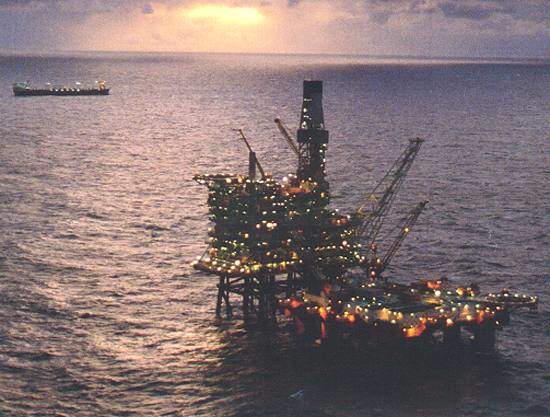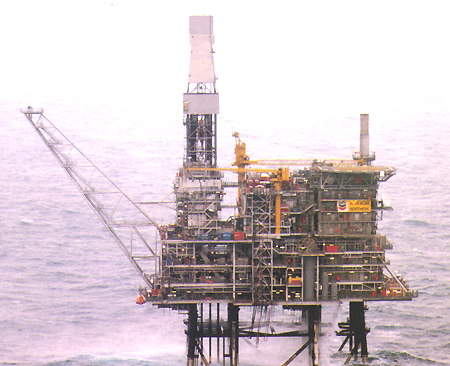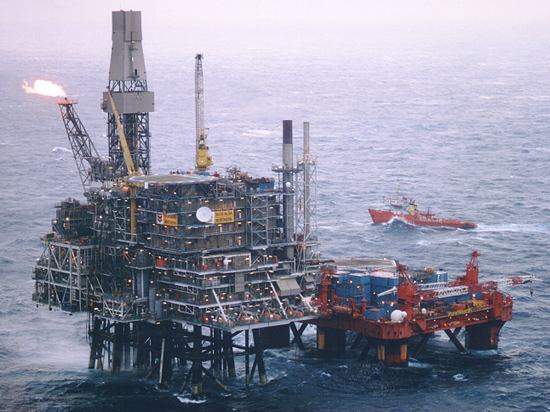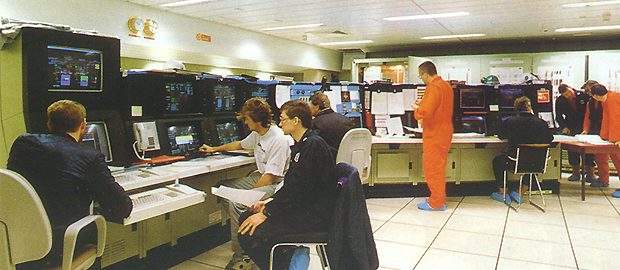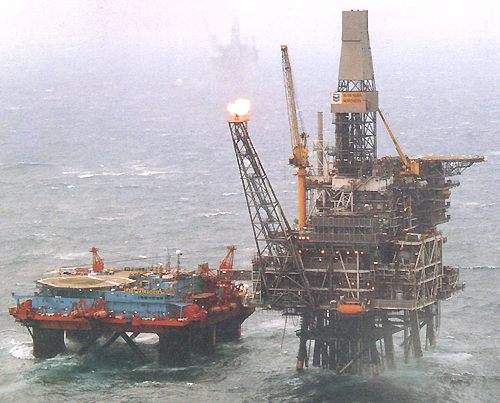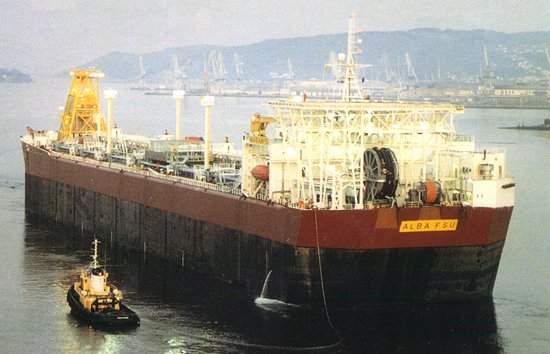Alba is located in block 16 / 26, 130 miles north-east of Aberdeen. The field lies in a water depth of approximately 138m. Alba was discovered by Chevron in 1984 and came onstream in January 1994. The field contains an estimated total oil-in-place reserves of approximately one billion barrels and has recoverable reserves of around 400 million barrels.
Chevron awarded Wood Group a three-year engineering and construction contract worth £45m in October 2009 for the North Sea fields. Wood Group will provide its services for the platforms located at the Alba, Captain and Erskine fields. The contract also has two options to extend the services by one year.
In February 2010 Wood Group won another contract worth £12m. Under the contract it will provide operations and maintenance services for Chevron’s North Sea fields.
The services will be provided for the Alba, Captain and Erskine platforms for three years.
RBG was awarded a contract in May 2010 to provide electrical rope access services at Chevron’s North Sea fields.
RGB will conduct electrical inspection and overhaul of the Alba, Captain and Erskine platforms for three years.
Alba field development: phase I
Field developments were carried out in two phases. The first involved the installation of a fixed steel platform with integrated production, drilling and living quarters.
This, the Alba Northern Platform (ANP), was used to develop the northern sector of the field. Oil is exported via the Alba floating storage unit (FSU) – the first of such to be purpose-built for the UK sector of the North Sea.
Field development: phase II
The second stage of Chevron’s Alba development plan envisaged using a second Alba Southern Platform to develop the south of the field. At that time the technological limit to the extended reach of a well was 9,500ft.
However, as extended reach drilling (ERD) techniques improved, it became clear that the increasing ‘step-out distances’ were becoming sufficient to exploit reserves at the southern end of the reservoir, using the existing Alba Northern Platform area.
Alba phase IIA
Phase II was divided into two more stages. The first, Phase IIA, increased production capacity from a design rate of 75,000bopd to 100,000bopd. This was completed in October 1996 and since then the platform has handled consistent production rates of around 100,000bopd.
Phase IIB
Phase IIB was intended to increase gross fluid handing capacity to a maximum of 390,000bopd from 240,000bopd. As part of this phase, a subsea water-injection facility was installed 6km away to increase pressure for the planned ERD wells. This was drilled by the JW McLean rig, which was connected to the platform with a new 6km pipeline.
Three new modules were attached to the existing platform to hold the necessary processing equipment.
The process module at the north of the west face contains the new first-stage separator, which operates in parallel with the existing separators.
It also has a new hydrocyclone package with high-efficiency liners to process fluids from the new separator, and a produced water pump to recover heat from the produced water stream for injection water feed.
It has a new polishing / degassing vessel to provide improved produced water overboard fluids to a target of 30 parts per million (ppm) oil in water and two new water-injection pumps, each providing 100,000 barrels of water per day (bwpd) at a 2,500psi discharge pressure.
The power-generation module at the south of the east face includes a new supplementary main generator, rated at 10Mw, with associated control-cabin and air-inlet duct work. It also houses the new waste heat recovery unit, exhaust stack and diesel day tank, which serves both the new generator and the existing main generator.
A water-injection treatment module, located next to the base of the existing deaerator tower on the platform west side, accommodates an injection water preheater, additional vacuum packages, a new seawater coarse filtration unit and new de-aerator residence vessel.
Alba subsea
The drill centre manifold is located approximately 6km south-west of the Alba Northern Platform, connected by a flowline and an electrohydraulic control umbilical. The water-injection well produces through an ABB Vetco Gray horizontal 6 3 / 8in throughbore tree, with choke control and flow measurement on the platform.
This is linked to a drill centre manifold which has provision for up to two subsea water-injection wells. The lightweight structure (50t) has the provision to expand for future field requirements or house a pig receiver. The 12in piping header has two 8in branch offtakes and ROV-operable isolation valves. It links to the wellheads via flexible jumpers.

